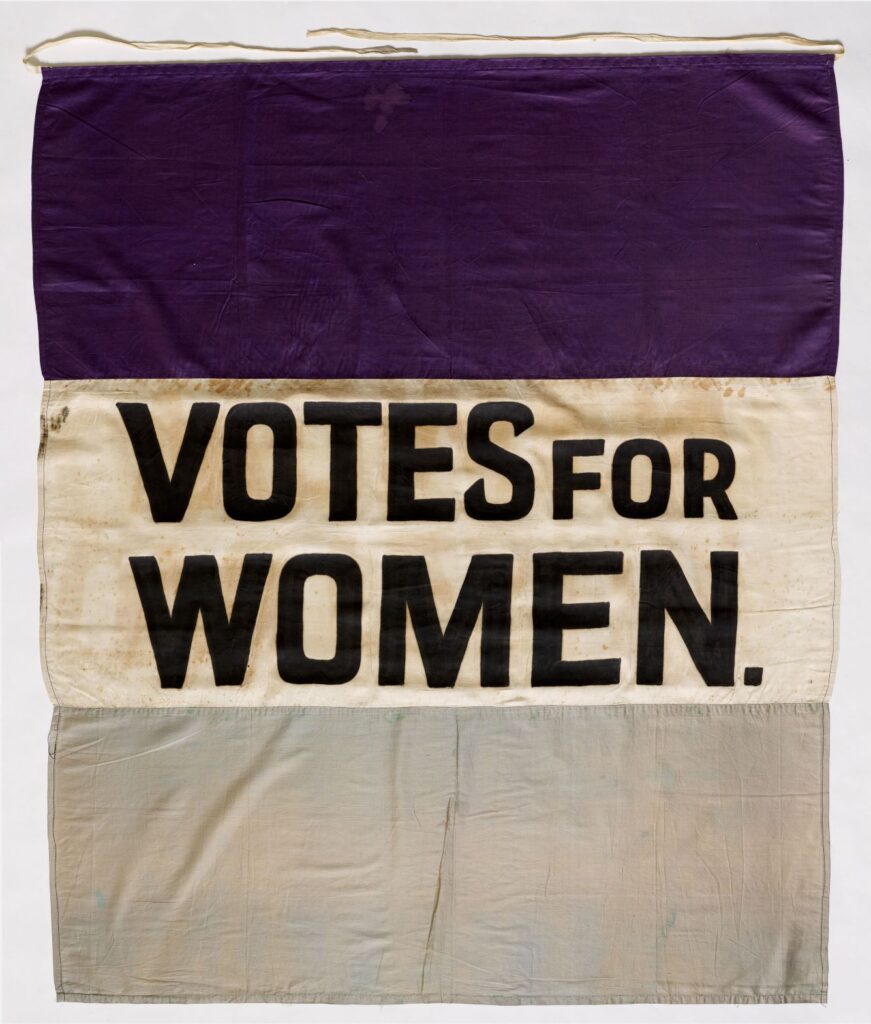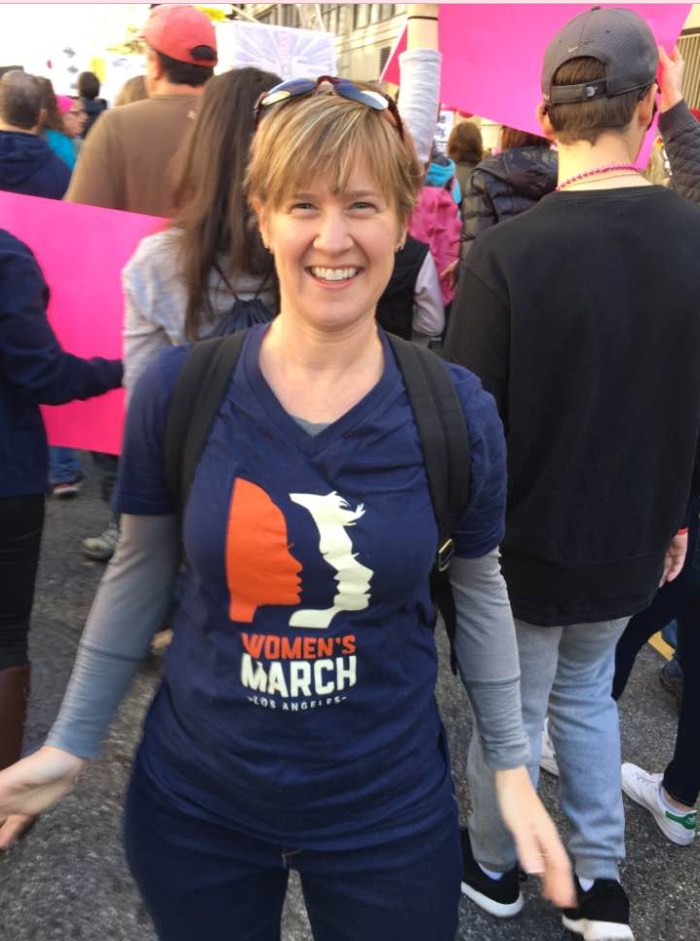
Did you celebrate International Women’s Day on March 8? Is this something you recall from years past, or is it relatively new to you? In my observation, in the United States, this day is not widely recognized.
I first learned about International Women’s Day in 1995 in Italy while studying abroad. A female classmate and I went to dinner. The restaurant greeted us with flowers and celebratory messages of International Women’s Day. I was 22, and this was the first time I had heard of the day. Italians refer to the day as Festa della Donna. It is a day for women to spend time together, gift flowers, and eat cake. The Italians held the day sacred, and back in 1995, unless a woman accompanied a man on March 8, they were not allowed to dine in restaurants.
I returned to the United States, graduated from college, and joined the corporate working world. Seven years went by before International Women’s Day came to my attention again. This time, a Russian friend sent me a bouquet and a note, Happy International Women’s Day. I called to thank her, and she explained the day’s importance to her as a Russian. I will talk more about this in a few paragraphs. The year was 2002.
Twenty years have passed since I received those flowers. This past week, all over LinkedIn, I found posts celebrating women. The display of recognition for the day sparked my interest in looking closer at the day, what it means, and how it can make more of a difference for women who work hard every day and contribute to our economy.
Why do we Celebrate International Women’s Day?

According to Wikipedia, International Women’s Day is a global holiday celebrated annually on March 8 to commemorate women’s cultural, political, and socio-economic achievements. It is also a focal point in the women’s rights movement, bringing attention to gender equality, reproductive rights, and violence and abuse against women. The origins for the day started from the universal female suffrage (the right for women to vote) movement that originated from labor unions in North America and Europe. The earliest organized version of the day was in New York on February 28, 1909. According to U.S. News and World Report, the day was one of remembrance after a year-long protest of the New York garment worker’s strike to demand the right to vote and protest their poor working conditions. In 1910 a German delegation to the International Socialist Women’s Conference proposed a “Special Women’s Day ” recognized annually. The following year there were demonstrations and commemorations across Europe. In 1917 women gained suffrage in Soviet Russia, and March 8 was made a national holiday and celebrated by the socialist movement and communist countries. (This is why the day was important to my friend from Russia and why it is on March 8). In the late 1960’s it was adopted by the global feminist movement, and in 1977 it was adopted by the United Nations and became a mainstream holiday. The U.N. observes the holiday each year in connection to a particular issue. This year the theme is gender equality today for a sustainable tomorrow. You can read more here, but the message is that women and girls experience a more significant impact from the climate crisis. The crisis amplifies existing gender inequalities and puts our lives at risk as women often bear a disproportionate responsibility to secure food, water, and fuel for families.
I work with a great group of women; every year, the number grows, and on International Women’s Day, we take a photo that lands on LinkedIn. I appreciate these women’s unique gifts to my work and life, but I want to do more for women’s progress than participate in the annual photo. Twenty-five years have passed since my first understanding of the day. Twenty-five years have passed since my first understanding of the day. The struggles for women in my field of architecture continue, the pay gap exists. According to the Women’s Law Center, for every $1 a man earns, a woman receives $.82. As women move further in their careers, the pay gap widens as fewer opportunities are available. The lack of women at the C-Suite level is a clear indicator. Restrictions our society has accepted for women keep us from reaching our full potential.
Additionally, state governments, corporations, and the U.S. Supreme court have eroded reproductive healthcare access across the country. These constraints limit a woman’s ability to work and support their family. Meanwhile, childcare costs skyrocket, and as the primary caretaker, women run out of options.
This International Women’s Day, I think about my daughters’ opportunities. How can things be better for them? How can I use my mind, talents, and voice to make a difference for their future? Our society is structured to perpetuate the past. I don’t believe the lack of progress is in the best interest of women or our families. Today I ask myself what I can do to make a difference.
I will not likely run for political office or write a persuasive article like this each week. Nonetheless, I can make a difference in my actions today. International Women’s Day sparked me to think about what I could do to support the cause of equality for women. I wonder if these ideas will spark you as well—the steps I will take include mentorship, seeing potential, overcommunicating, and finding allies.
Mentorship
I am currently mentoring a few women I work directly with, but I am not participating in a formal mentorship program. My firm’s Women’s Employee Networking group recently launched a mentorship program and solicited mentors. I signed up. The program is an opportunity for me to share beyond my local office and positively impact others in my profession.
Is there a mentorship program you can engage in to reach a broader audience?
See a woman’s potential, not just what she does.
I have read, “A man is rewarded for his potential, while a woman is awarded based on her accomplishments.” This mindset has undoubtedly contributed to the pay gap. In the leadership roles I hold, I will see all people through their potential, not just what they have done. Everyone has a bias towards something; this comes from the society that has shaped us. Keeping this thought on the top of my mind will help me make fair decisions.
What are your biases? Have you identified them? What can you do to see it from another perspective?
Over-communicate and offer flexibility.
Technology has afforded my industry a fair amount of flexibility. Nevertheless, the business of design is a collaborative one. What makes it succeed within a flexible environment is communication. My goal is to support my team as best I can to have the highest functioning results possible. I will strive to be approachable. I will ask questions and get to know my team. These actions allow for empathy, and as a result, I can offer a give and take. In turn, my team comes through. It creates mutual respect and an environment where we have each other’s back, no matter who has a sick child or something else that comes up on a given day. I will remind myself of this each time my team members need flexibility.
Who do you need to give the benefit of the doubt? Can you communicate more openly to achieve a balanced give and take?
See other women as my ally.
For decades women have been trying to have a seat at the table. The scarcity of open seats can appeal to one’s primal instinct that you can’t let anyone else in for fear they will take your place once you are at the table. I am not going to do that. I am going to support other women in my field(s). Additionally, I will ask for help from other women to further my career. It takes bravery to admit shortcomings, but I know that I won’t grow and reach my full potential if I don’t have a support network.
Is there another woman on your team you could better support? Is there someone you would like to reach out to for help? Give it a try today.
Taking charge to make the world a more fair and equal place is a big moon shot. I can’t do it alone or in one day, but I am committed to doing what I can through my interactions with others. What is on your mind this week regarding International Women’s Day? What steps can you do to support the women in your network to lift them?
This brings me to today’s Star Stunning realizations:
- Understand the origin. A little research can better help you understand the meaning behind a day. International Women’s Day is more to me than a picture of all the women working in my office. Let the day inspire you to make the world a better place.
- Ask, what can I do? Examine your own unconscious biases. Is there something you are doing to hold someone within your team or network back without recognizing its origin from unconscious bias? What can you do differently to counteract those beliefs that might be more supportive to your colleagues?
- Question your own beliefs. Finding ways to satisfy your needs is the right approach. Think about what you might be thinking for someone else and ask; How would that work for me? What would bring me more joy?
- Join Team Women. Think about the successes you have achieved and the people who supported you along the way. What did they do to make a difference? What can you do to make a difference to someone else? Join a mentorship program, or take an interest to train someone on your team, be on the same team as your fellow female professionals, and implement ways to support their individual career growth.





Love this! Especially the history of International Women’s Day and the ways it’s shown up in your life!